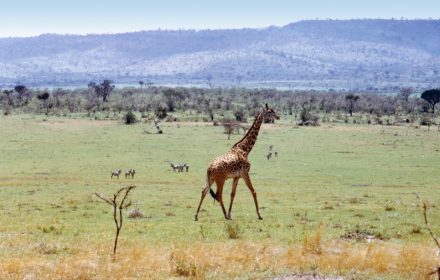Nairobi, the vibrant capital of Kenya, is not only known for its bustling streets and wildlife but also for its artistic heritage. The city is home to a plethora of art galleries that showcase both local and international artists. These galleries are essential for anyone interested in exploring Kenya’s culture.
Articles by V
National museum Kenya is a cornerstone of cultural heritage, showcasing the country’s rich history, diverse art, and unique natural wonders. Located in Nairobi, this museum attracts locals and tourists alike, providing a captivating experience that educates and inspires. If you are planning a visit, understanding the ticketing structure is essential.
Karen Blixen museum stands as a tribute to one of Kenya’s most iconic figures, Karen Blixen, whose life and literary contributions have left an indelible mark on both Kenyan culture and world literature. Situated in the lush suburb of Karen, outside Nairobi, this museum attracts visitors from around the globe.
Kenya, a country renowned for its stunning landscapes, diverse wildlife, and rich cultural heritage, is home to a variety of museums that showcase its history, art, and traditions. Visiting these museums provides a unique opportunity to delve into the rich tapestry of Kenyan culture to both local residents and tourists.
Kenya is a land of breathtaking landscapes, rich traditions, and a diverse array of cultures. Among its many treasures are the museums of Kenya, which serve as custodians of the nation’s history, art, and heritage. Museums of Kenya play a vital role in preserving the stories of various national communities.
The national museum of Kenya stands as a beacon of Kenya’s cultural heritage and diversity. Located in Nairobi, this institution offers an expansive collection that spans the country’s artistic, archaeological, and ethnological treasures. With a mission to promote the rich tapestry of Kenya, the museum serves as a vital resource.
Museums serve as the guardians of history, art, and culture, offering a unique glimpse into humanity’s diverse heritage. From ancient artifacts to modern masterpieces, these institutions provide invaluable educational resources and foster appreciation for art and history across generations. In this article, we will explore a list of world-famous museums.
Namibia, with its landscapes, deserts, and diverse wildlife, offers an experience like no other. It is a destination that captivates the adventurous soul, drawing travelers who seek a blend of breathtaking natural beauty, thrilling outdoor activities, and an immersion into one of the most unique environments on the African continent.
Into the world of a museum building enters the artifacts, history, and culture. It educates the public, and fosteres community engagement. From art to history, science to technology, museums offer a unique window into the past and present, making them invaluable resources for both individuals and society as a whole.
Embarking on a game drive to Maasai Mara is an exciting way to witness the breathtaking beauty of Kenya’s wildlife. However, many visitors may be unaware of the negative consequences associated with feeding wildlife during their safari experience. While it may seem harmless, feeding animals leads to many detrimental effects.










